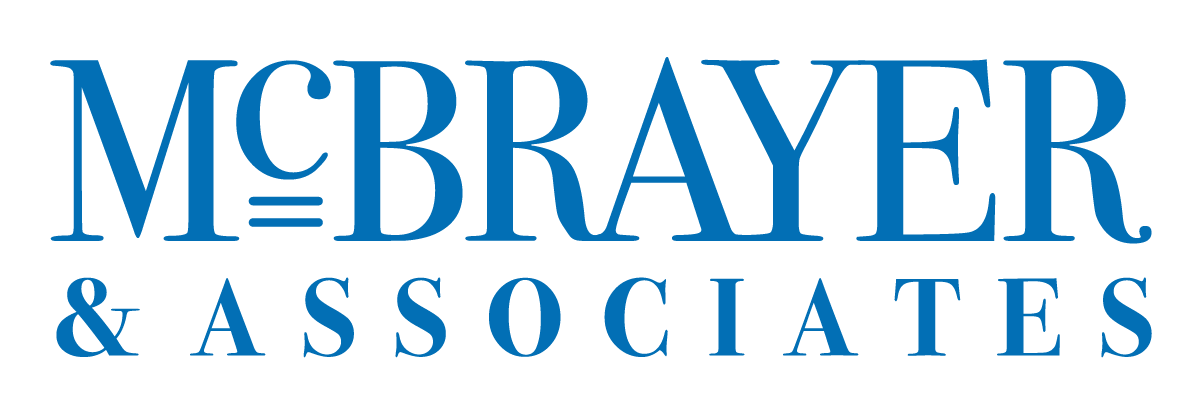How Do You Build Trust in the First Business Meeting?

The seller’s objective in the first business meeting is twofold: we want to inform and educate in a full industry analysis, and our corporate sales training shows the best way to establish ourselves as experts in the field.
Ultimately, of course we want our prospect to buy from us, but in order to get through the Top of the Prescriptive Sales Funnel ™, we have to develop the business relationship through building trust.
How Do You Develop Trust?
Essentially, trust is the perception of likeability and credibility in a person.
At this stage in the business relationship, long before the buying process, sellers should provide the customer with a think partner. In order to develop trust, we need to create relevant rapport, focus on the client, and deliver the promised value. Through these goals, we not only establish ourselves as more than a “yes man,” but position us as a credible source.
Of course, until we meet the buyer, sellers do not know exactly what aspects might interest them. Nonetheless, researching what might interest the buyer can prepare the seller for many opportunities.
Building Trust Through Information
The biggest mistake that sellers make is selling too soon—meaning that the buyer feels pushed. When the buyer feels pushed, they withdraw. Instead, we want to build rapport, not break it with selling. Because the seller needs to establish themselves as a think-partner, we develop an education-based briefing.
The education-based briefing is meant to interest the buyer, to educate him or her on their market and industry. When the buyer is interested, s/he will interrupt.
Typically, the buyer asks us to back up a slide or two in order to illuminate the aspect that interested them. Occasionally, prospects bite at something in disagreement, and that is perfectly okay. If they are talking, then we are achieving our goal.
Building Trust through Disagreements
When a buyer disagrees with your information, that’s alright. Our objective in the education-based briefing is to engage them in conversation while delivering a perceived value.
Because your research is third-party research, sellers understand that not every piece of information will be true for every single buyer. When a buyer disagrees with the briefing, ask them to tell you more.
How Do You Build Trust through a Presentation?
When presenting an education-based briefing, sellers should move through the information at a quick pace—but not fast enough to lose the buyer. Our corporate sales training recommends that the pace of the information presentation should be quick enough to prevent boredom, but not so fast that the buyer can’t follow.
Remember to avoid talking about your company or products because anything that sounds like selling will push your buyer away.
Instead of selling, buyers should emphasize the following things in their presentation:
- Focus on the buyer. When we bring value in the form of information and discussion, we build our likeability. After all, everyone’s favorite subject is themselves.
- Deliver a value. Through educating the prospect about his/her industry, you earn the right to ask Discovery Questions through Reciprocity.
Conclusion
To recap, here’s what we do to develop the business relationship and build trust, versus what we don’t do.
We should educate, but not push a service.
We should educate about the market, not about our company’s features.
We focus on the buyer, not the benefits of our solution.
Finally, and most importantly, our overall objective is to create a dialogue, not a solution. By opening a dialogue, we avoid the biggest mistake that sellers make, offering our solution too soon.
Photo by Pexels.
